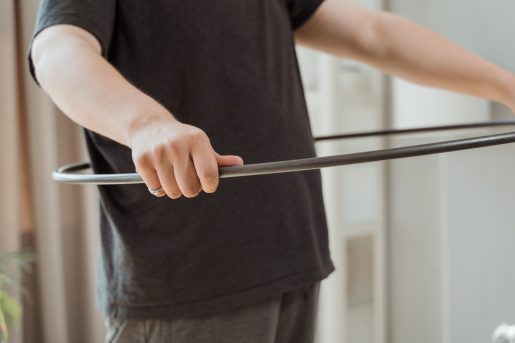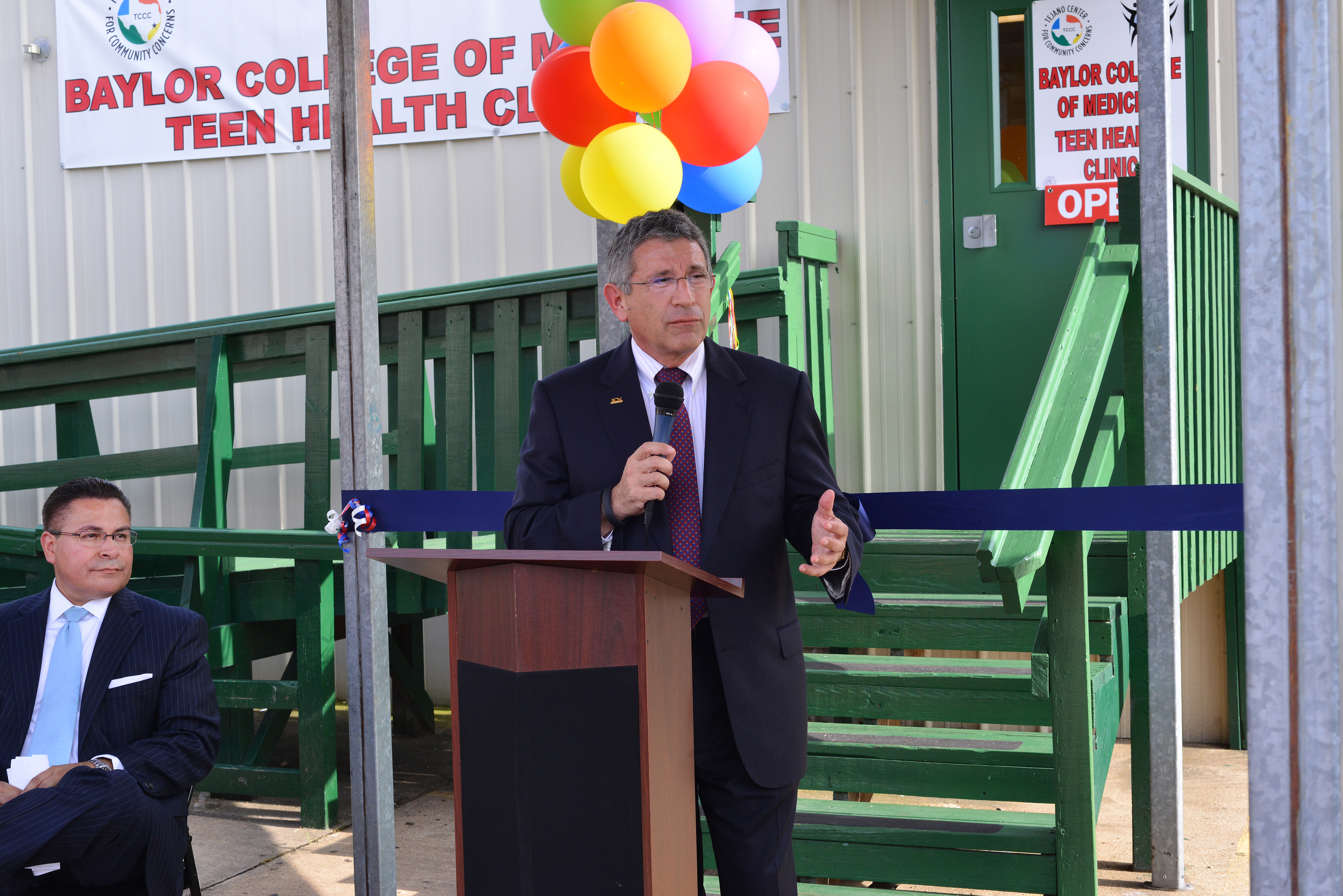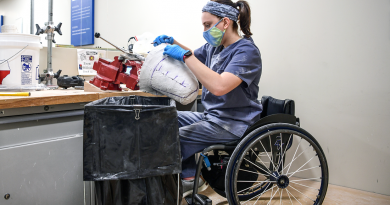Use childhood games to inspire your adult workouts
Having trouble finding the motivation to exercise? A Baylor College of Medicine primary care doctor says you don’t have to start with a full workout, you can look to your childhood for inspiration to add movement to your day!
 “I have a lot of patients who say their energy levels are decreasing as they age, and my advice is to start exercising. While a good ol’ fashion workout is best, a lot of people have a mental block or life and family responsibilities that take up their time,” said Dr. Mike Ren, assistant professor of family and community medicine.
“I have a lot of patients who say their energy levels are decreasing as they age, and my advice is to start exercising. While a good ol’ fashion workout is best, a lot of people have a mental block or life and family responsibilities that take up their time,” said Dr. Mike Ren, assistant professor of family and community medicine.
He suggests adding any kind of movement to your day to get the momentum going. One way to bring enjoyment to your workout is to think about the activities you enjoyed as a child.
Were you always outside playing in the dirt? Try hiking or a walk in the park to enjoy the great outdoors and get your steps in. Or if playing outdoors wasn’t your favorite activity, stay indoors by going for a walk at the mall or in a museum. Did you take dance lessons or play an organized sport? There are many adult classes or leagues that can help to add movement to your schedule. Adding a social aspect to your workout also helps with motivation and as an added bonus, could enrich your relationships.
“Any movement that becomes a habit is a good place to start, but working your way to more activity is the goal,” Ren said.
Other childhood activities that might bring some enjoyment to your workout include using a hula hoop, jumping rope or going on a bike ride through your neighborhood.
“As long as it is physical activity, and it is exerting your body, that will count as exercise,” Ren said. “Ideally you want to raise your heart rate for 15-30 minutes daily to consider your movement a workout.”
Ren said a way to roughly calculate your target heart rate during exercise is to subtract your age from 220, then calculate 50% of that – that number is your target heart rate during exercise. For example, a 20-year-old would subtract 20 from 220 resulting in 200. Fifty percent of that is 100, so a 20-year-old’s target heart rate during exercise would be about 100 beats per minute.
“Once you build a habit of adding movement into your day, you will start to feel a difference,” Ren said. “While you most likely won’t lose weight quickly, a lot of my patients have told me their energy and stamina have increased, they don’t get as tired as fast and their families noticed an improved difference in their stress and mood.”
Some other reminders Ren suggests: add healthy food to your diet and always discuss your health and health goals with your doctor.
“Find something you enjoy doing that includes any kind of movement, start small with the idea of building up your activities. It might not be the equivalent of a gym workout, but doing something regularly is better than nothing,” Ren said.



